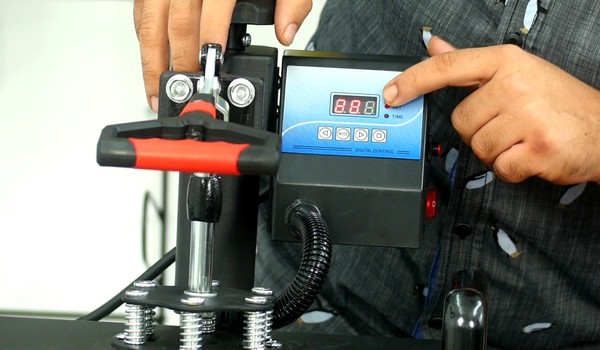Heat Press on Polyester: The Ultimate Guide

Heat press is an increasingly popular method of customizing garments for individuals, groups, and businesses. This technique involves the use of a pressurized iron to transfer images, logos, or designs onto various materials such as cotton, cotton/polyester blends, and 100% polyester. In this blog, we will focus on the use of heat press on polyester, its advantages, and some tips on how to achieve the best results.
Advantages of Heat Press on Polyester
Polyester is a synthetic fabric that is widely used in sportswear, outdoor gear, and accessories due to its durability, moisture-wicking properties, and ease of care. Heat press on polyester offers several advantages over other methods of customization, such as screen printing or embroidery.
Firstly, heat press allows for full-color transfers without the need for screens, inks, or thread. This means that complex designs, gradients, and photographic images can be reproduced accurately and with high detail. This is particularly useful for sports jerseys, team uniforms, and promotional apparel that require a professional and eye-catching look.
Secondly, heat press on polyester is cost-effective for small to medium runs, as there are no setup charges or minimum order requirements. This makes it ideal for businesses, schools, clubs, and individuals who want to create personalized gear without breaking the bank.
Thirdly, heat press on polyester is durable and long-lasting, provided that the correct materials and techniques are used. Unlike screen printing or embroidery, heat press does not puncture or damage the fabric, and the transfer adheres firmly to the surface without fading or cracking over time.
Tips for Heat Press on Polyester
Now that we have seen the advantages of heat press on polyester, let's look at some tips on how to achieve the best results.
1. Choose the right polyester fabric: Not all polyester fabrics are created equal. Some are prone to melting or shrinking under high heat or pressure, while others may have coatings or finishes that interfere with the transfer process. It is essential to test a sample of the fabric before committing to a full run.
2. Use high-quality heat transfer vinyl: The vinyl used for heat press transfers on polyester should be specifically designed for this purpose. It should be able to withstand the heat, pressure, and stretch of the fabric without cracking, peeling, or fading. Look for vinyl that has a strong adhesive and a protective carrier sheet.
3. Pre-press the garment: Before applying the transfer, it is recommended to pre-press the garment for a few seconds to remove any wrinkles, moisture, or residues that may affect the adhesion. This also helps to ensure that the transfer is applied evenly and firmly.
4. Adjust the heat and pressure settings: The optimal heat and pressure settings for heat press on polyester may vary depending on the vinyl, the fabric, and the design. It is crucial to follow the manufacturer's instructions and to test a small area before pressing the entire garment. Generally, the temperature should be between 300 and 320 degrees Fahrenheit, and the pressure should be medium to high.
5. Peel the carrier sheet carefully: Once the transfer has been pressed, it is essential to let it cool down for a few seconds before peeling off the carrier sheet. Slowly and gently peel the sheet, making sure that the vinyl sticks to the fabric and not the sheet. If there are any areas that did not transfer correctly, re-press them with a Teflon sheet over them.
Conclusion
Heat press on polyester is a versatile and cost-effective way of creating custom apparel that looks professional and lasts long. By following the tips above and choosing the right materials, anyone can achieve great results with heat press. So go ahead, customize your team jerseys, company uniforms, or personal accessories with heat press, and enjoy the benefits of this amazing technique.